Transitional jackets are those that fill the gap between the still relatively warm autumn and the beginning of winter. These are situations when it is too cold for a light jacket, but still warm for a winter jacket. Which transitional jacket to choose?
Transitional jackets have several advantages. Compared to winter jackets, for example, they are a bit lighter and if it gets warm, you can still pack them into your backpack relatively easily. Compared to classic autumn jackets, they are warmer, have better insulation and thus better protect you from external influences and the vagaries of the weather.
Softshell or hardshell?
Jackets for the transition period - if we are talking about outdoor ones - you can choose according to the material. That is, depending on what purposes you want to use the jacket for. The best-quality, but also the most expensive solution is the so-called hardshell membrane material, the best known of which is Gore-Tex.
Membrane materials of this type, which are also successfully used in the production of footwear, have the advantage of being able to transmit water vapor away from the body (thus removing moisture). But they won't let the water that falls on you from the rain inside and they won't get wet (of course, it also depends on the water column of the material). This is ensured by the fact that the structure of this material has pores many times smaller than the size of the water droplets. At the same time, compared to water vapor molecules, it is many times larger.
In the price "table" of materials suitable for transitional jackets, softshell is one rung lower, namely the membrane one. The membrane softshell is of higher quality than the woven one, which is more suitable purely for spring and autumn jackets. It consists of at least three (or more) layers, where the upper layer is usually made of soft polyurethane, which is water-repellent, the middle layer is thermal insulation, and the lower layer is made of microfleece or similar material to make the jacket comfortable to wear. And between these layers there is space for various other membranes with different purposes.
How is the maintenance?
Maintenance of outdoor transitional jackets is relatively easy, minor dirt can be wiped off with a damp cloth. However, if you get your jacket a little more dirty, do not wash it in regular detergent with your other clothes. Wash it separately and according to the manufacturer's instructions in a special detergent. Dry cleaning, drying in the dryer and pre-soaking are also not good for softshell or hardshell. Always follow the information on the label of the specific jacket.
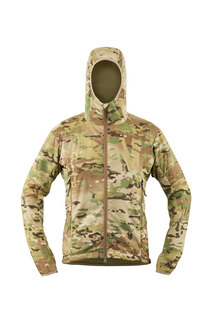


Tilak Military Gear® Nebba Mig light insulated jacket




Defcon5® Urban Shell Jacket
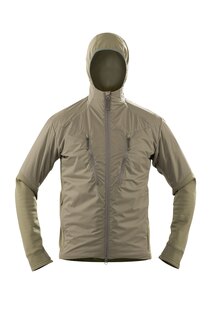
Tilak Military Gear® Spike light insulated jacket
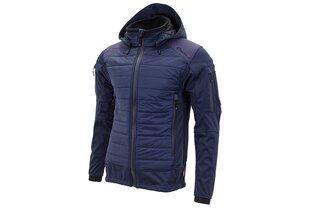


Jacket G‑Loft® ISG 2.0 Carinthia®
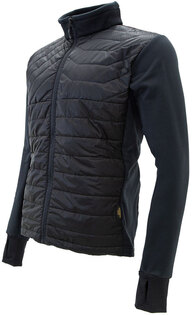


Baselayer Jacket G‑Loft® Ultra Shirt 2.0 Carinthia®
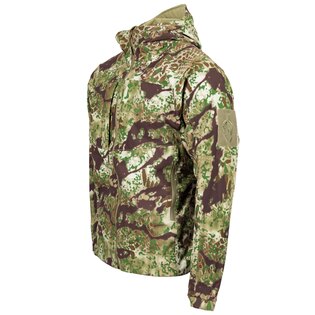


Kryptek® Dalibor Pro softshell jacket






























































































































